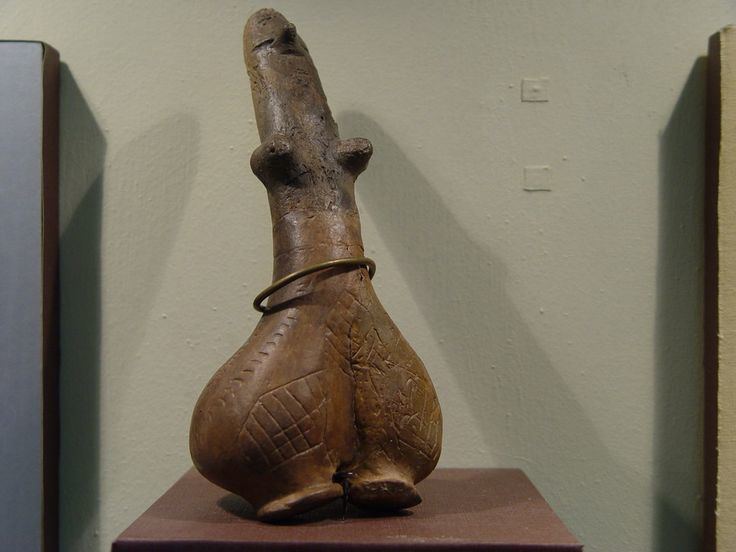 | ||
Dates circa 5,500 B.C.E. — circa 4,500 B.C.E. Preceded by Followed by Vinča culture, Gumelnița–Karanovo culture | ||
The Starčevo culture, sometimes included within a larger grouping known as the Starčevo–Kőrös–Criş culture, is an archaeological culture of Southeastern Europe, dating to the Neolithic period between c. 6200 and 4500 BCE.
Contents
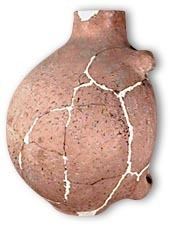
The village of Starčevo, the type site, is located on the north bank of the Danube in Serbia (Vojvodina province), opposite Belgrade. It represents the earliest settled farming society in the area, although hunting and gathering still provided a significant portion of the inhabitants' diet.
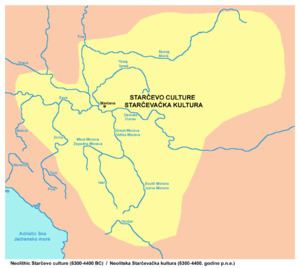
Characteristics and related cultures
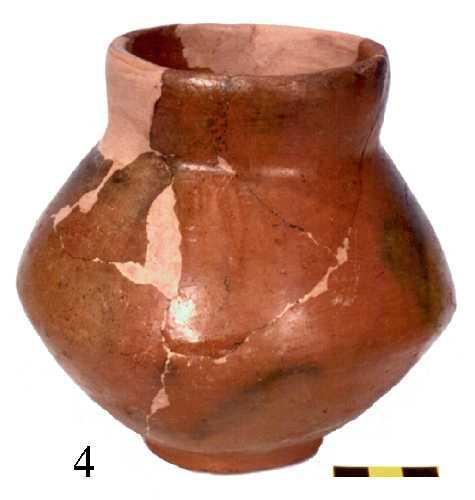
The pottery is usually coarse but finer fluted and painted vessels later emerged. A type of bone spatula, perhaps for scooping flour, is a distinctive artifact. The Körös is a similar culture in Hungary named after the River Körös with a closely related culture which also used footed vessels but fewer painted ones. Both have given their names to the wider culture of the region in that period.
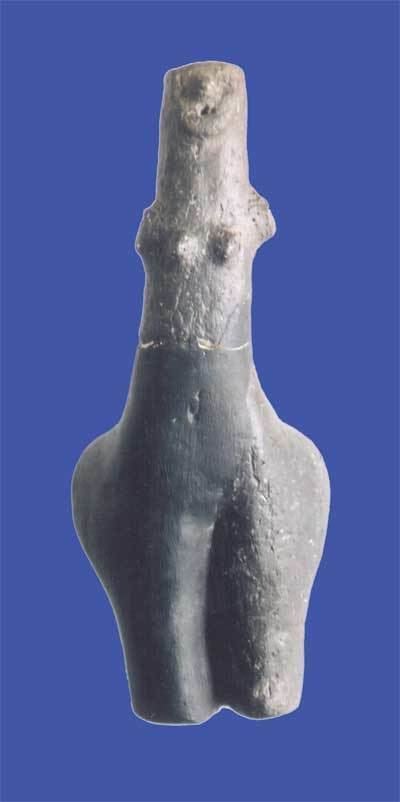
Parallel and closely related cultures also include the Karanovo culture in Bulgaria, Criş in Romania and the pre-Sesklo in Greece.
Localities
The Starčevo culture covered sizable area that included most of present-day Serbia and Montenegro, as well as parts of Bosnia and Herzegovina, Bulgaria, Croatia, Hungary, Republic of Macedonia and Romania.
The westernmost locality of this culture can be found in Croatia, in the vicinity of Ždralovi, a part of the town of Bjelovar. This was the final stage of the culture. Findings from Ždralovi belong to a regional subtype of the final variant in the long process of development of that Neolithic culture. It is designated as Ždralovi facies of the Starčevo culture or the Starčevo - Final stages.
In 1990, Starčevo was added to the Archaeological Sites of Exceptional Importance list, protected by Republic of Serbia.
Origins
There are different opinions about the ethno-linguistic origin of the people of Starčevo culture. According to one opinion, Neolithic cultures of the Balkans were of non-Indo-European origin and Indo-European peoples (originating from eastern Europe) did not settle in this area before the Eneolithic period. According to other opinions, Neolithic cultures of the Balkans were also Indo-European and originated from Anatolia, which some researchers identified with a place of origin of Indo-European peoples. These differing theories are termed the Kurgan hypothesis and the Anatolian hypothesis (see also; Proto-Indo-European Urheimat hypotheses).
In human remains of Starčevo culture in four investigated samples (Lipson et al., 2017) were found three different Y haplogroups: H2, G2a2a1 and G2a2b2b1a. Also there were found four different mtDNA lineages: T1a, N1a1a1, K1a4 and W5. All male and female lineages correspond to those that were found in European Neolithic farmers.
